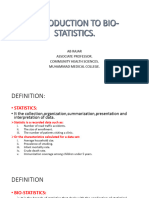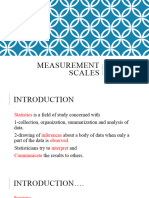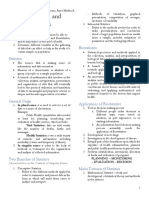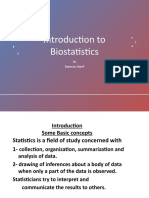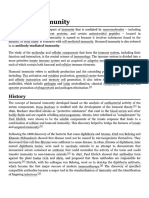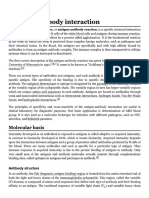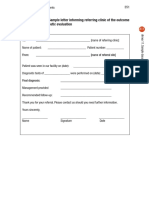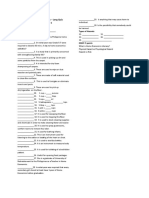0% found this document useful (0 votes)
38 views48 pagesChapter 1.introduction To Biostat
This document serves as an introduction to biostatistics, covering its definition, rationale, and the classification of data types and variables. It explains the branches of statistics, including descriptive and inferential statistics, and discusses the importance of understanding variables, populations, and samples in statistical analysis. The document also outlines different scales of measurement and provides examples of various types of variables.
Uploaded by
michot feleguCopyright
© © All Rights Reserved
We take content rights seriously. If you suspect this is your content, claim it here.
Available Formats
Download as PDF, TXT or read online on Scribd
0% found this document useful (0 votes)
38 views48 pagesChapter 1.introduction To Biostat
This document serves as an introduction to biostatistics, covering its definition, rationale, and the classification of data types and variables. It explains the branches of statistics, including descriptive and inferential statistics, and discusses the importance of understanding variables, populations, and samples in statistical analysis. The document also outlines different scales of measurement and provides examples of various types of variables.
Uploaded by
michot feleguCopyright
© © All Rights Reserved
We take content rights seriously. If you suspect this is your content, claim it here.
Available Formats
Download as PDF, TXT or read online on Scribd
/ 48







